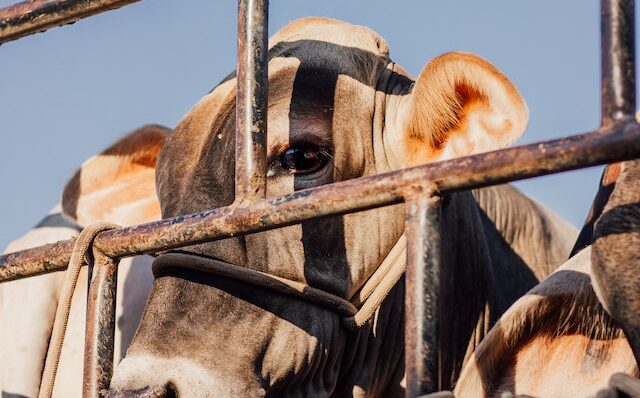
Wildlife trafficking is a global crisis that poses a significant threat to our planet’s biodiversity and ecological balance. It involves the illegal trade of live animals, animal parts, and products derived from endangered or protected species. This multi-billion-dollar industry has devastating consequences for wildlife populations, ecosystems, and human societies worldwide. In this article, we will explore the detrimental effects of wildlife trafficking, the driving factors behind this illicit trade, and the urgent need for concerted international efforts to combat this environmental crime.
Understanding Wildlife Trafficking
Wildlife trafficking encompasses the illegal hunting, capture, transportation, and sale of wild animals and their derivatives. The trade involves a vast range of species, including elephants, rhinos, tigers, pangolins, birds, reptiles, and marine life. These animals are sought after for their skins, ivory, bones, meat, fur, feathers, and traditional medicinal purposes. The demand for exotic pets, luxury items, and trophies further fuels this illegal industry.
Environmental Impact
Biodiversity Loss: Wildlife trafficking directly contributes to the decline of species populations and, in some cases, pushes them to the brink of extinction. The removal of key species disrupts delicate ecosystems, affecting plant pollination, seed dispersal, and predator-prey relationships.
Ecosystem Disruption: When animal populations decline, it can have a cascading effect on entire ecosystems. For instance, the loss of apex predators can lead to an overabundance of prey species, causing imbalances in food chains and negatively impacting biodiversity.
Habitat Destruction: The activities associated with wildlife trafficking, such as logging and illegal hunting, often result in habitat destruction. Deforestation, driven by the demand for timber and land conversion, further exacerbates the problem by destroying crucial wildlife habitats.
Socioeconomic Implication
Organized Crime and Corruption: Wildlife trafficking has become a lucrative enterprise, attracting organized criminal networks due to its high profits and low risk of detection. These criminal networks often exploit local communities, exacerbate corruption, and fund other illegal activities.
Threat to Local Livelihoods: Indigenous communities and local populations who rely on natural resources for their livelihoods are disproportionately affected by wildlife trafficking. The loss of wildlife can disrupt traditional practices, undermine tourism opportunities, and impact the overall socioeconomic fabric of communities.
Public Health Risks: The illegal wildlife trade also poses significant risks to public health. The close contact between humans and animals in poorly regulated markets increases the potential for zoonotic diseases to emerge and spread, as witnessed in the case of the COVID-19 pandemic.
Combating Wildlife Trafficking
Addressing the issue of wildlife trafficking requires a multifaceted approach involving governments, law enforcement agencies, non-governmental organizations, and local communities. Key strategies include:
Strengthening Legislation and Enforcement: Governments need to enact comprehensive legislation that criminalizes wildlife trafficking, imposes severe penalties on offenders, and provides adequate resources for enforcement agencies to effectively combat this illegal trade.
International Cooperation: Collaboration between countries is essential to disrupt the transnational networks involved in wildlife trafficking. Sharing intelligence, coordinating law enforcement efforts, and harmonizing regulations can help address the global nature of this crime.
Community Engagement: Engaging local communities in conservation efforts, providing alternative livelihoods, and raising awareness about the importance of wildlife protection is crucial. Empowering communities to become guardians of their natural resources fosters sustainable practices and reduces the demand for illegal wildlife products.
Demand Reduction: Educating consumers about the negative impacts of wildlife trafficking and promoting sustainable alternatives can help decrease the demand for endangered species and their derivatives. Public campaigns, strict regulations on trade, and encouraging responsible tourism play vital roles in reducing demand.
Conclusion
Wildlife trafficking is notjust a threat to individual species; it is an assault on the delicate balance of our planet’s ecosystems and the well-being of local communities. The urgent need to combat this environmental crime cannot be overstated. By addressing the root causes, strengthening legislation, enhancing international cooperation, engaging local communities, and reducing demand, we can make significant progress in curbing wildlife trafficking.
Protecting our biodiversity and preserving the wonders of our natural world is a collective responsibility. It requires a united effort from governments, organizations, individuals, and society as a whole. Only through such concerted action can we hope to safeguard the rich diversity of life on Earth and secure a sustainable future for generations to come. Let us stand together against wildlife trafficking and ensure the survival and thriving of our planet’s magnificent wildlife.

